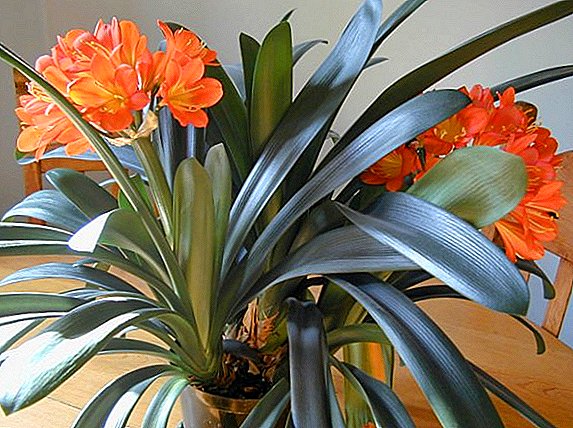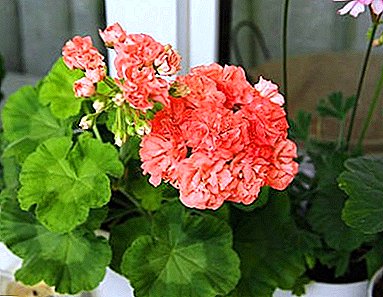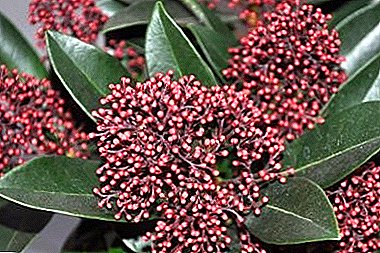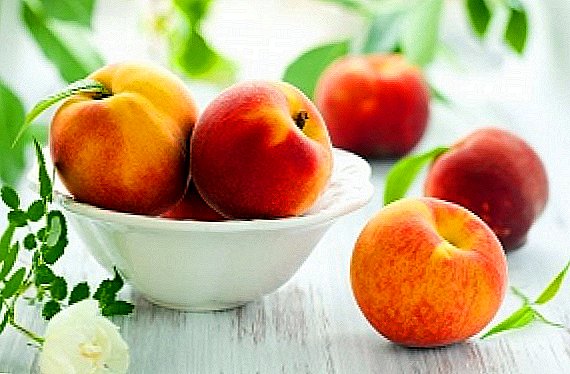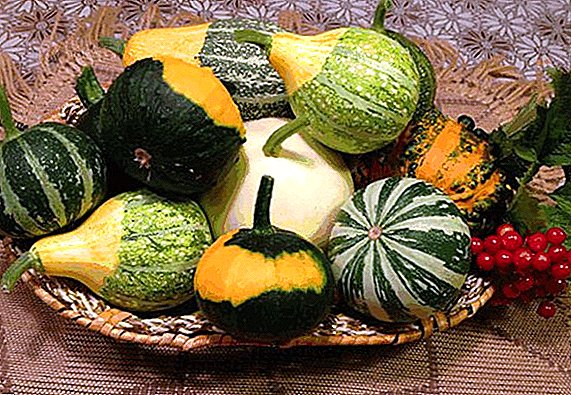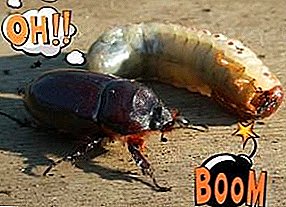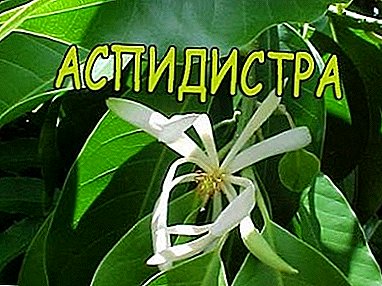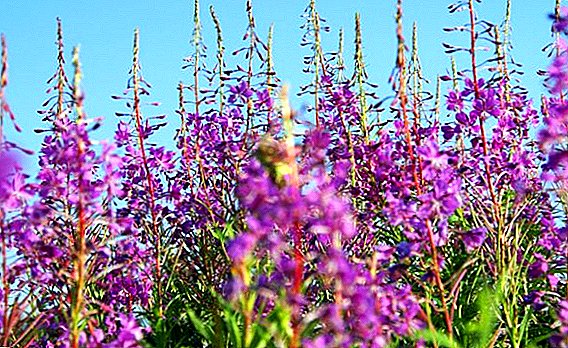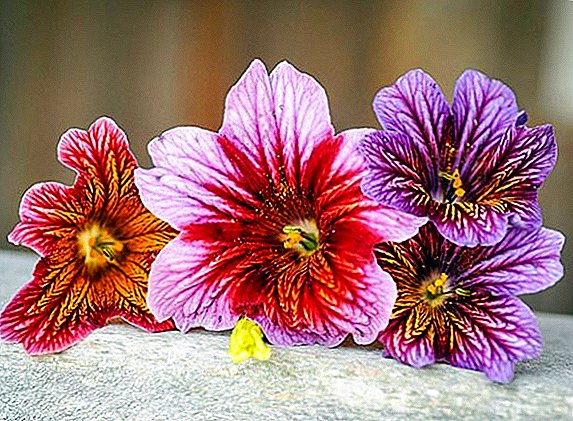 The variegated and velvety flowers-bells of this plant make an indelible impression. These bushes will decorate any flower bed and become its "highlight". Meet this - salpiglossis. Learn more about planting and caring for plants in the open field.
The variegated and velvety flowers-bells of this plant make an indelible impression. These bushes will decorate any flower bed and become its "highlight". Meet this - salpiglossis. Learn more about planting and caring for plants in the open field.
Description
Sulpiglossis belongs to the family Solanaceae; about twenty species of it are known in total. It is a herbaceous plant with straight, thin and often branched stems from 15 to 80 cm in height. Their surface is covered with sticky hairs. The root system of the plant is mixed: there is a main root and adventitious roots.
Did you know? This flower is also called "pipe tongue", because its name comes from the Greek "salpinx" - pipe and "glossa" - tongue.
Varieties differ in the type of leaves: they can be pinnate, dentate and whole.  Around the root of the leaves grow on petioles, and on top - straight from the stem. The flowers are five-petalled, have a funnel-shaped form up to 6 cm in diameter, with a velvety coating.
Around the root of the leaves grow on petioles, and on top - straight from the stem. The flowers are five-petalled, have a funnel-shaped form up to 6 cm in diameter, with a velvety coating.
Different types of petals present a different pattern and color. They can be white, cherry, brown, purple, red, and contrasting streaks create an intricate pattern on the surface. Flowering occurs from June to October.
The plant can be annual, biennial and perennial. Its homeland is South America. 
Popular species and varieties
In nature, there are about twenty species of this flower, but mainly salpiglossis sinuata (Salpiglossis sinuata) is grown in our region, which includes three popular varieties.
Sulpiglossis is low
Spreading plants in the form of a bush up to 40 cm in height. It blooms very lush. The most common varieties of this type: "Flamenco", "Q", "Carnival", "Nanum".
Did you know? Sulpiglossis was first reclaimed in the United States in 1924. In our region, he appeared much later.
Large-flowered
This variety includes the highest varieties with branching peduncles and many large flowers.
Superbissimy
The superpissimus salpiglossis is distinguished by corrugated edges of flowers, straight peduncle, about 60 cm high. 
Outdoor cultivation
The flower is propagated mainly by seeds, especially its annual forms.
Soil preparation
About a week before sowing, dig up soil with the addition of ash, sand and peat. These flowers prefer slightly acidic or neutral soil. The plot is chosen sunny, protected from the wind and well drained.
Sowing seeds
Seeds are sown in mid-May, when frost is no longer foreseen. Seeds are placed at a distance of about 25 cm apart. This flower does not like transplanting, so you need to plant it immediately to a permanent place, so the cultivation of salpiglossis from seeds is preferable.
Important! To get early flowering, the seeds of salpiglossis are sown in the winter.
Care
Compared to many other plants, salpiglossis is rather unpretentious. The main difficulty is that it does not tolerate both drought and waterlogging. In need of watering keep balance. 
Watering
Summer must be watered everydayIn the evening, it is desirable to spray. Dry soil threatens the rapid drying and death of the plant. Watering is better with distilled warm water. In spring and autumn, watering is performed less frequently, on average twice a week. During watering the soil in the flower bed must be carefully loosened.
Top dressing
Top dressing is carried out with organic or mineral fertilizers twice a month. The most important is to fertilize the plant during the flowering period.
Topping
The procedure of pinching the central shoots to form a large number of buds is obligatory. Simultaneously with pinching, it is necessary to remove faded inflorescences. This allows you to achieve a lush long flowering.
Weed removal
Freedom from weeds will allow salpiglossis bushes to develop in full force. As a rule, this is done by loosening the soil during irrigation. 
Diseases and pests
Diseases of salpiglossis can occur during rainy or, on the contrary, dry periods. His main enemies - fungal diseases (late blight, fusarium, powdery mildew), as well as such pests as spider mites, aphids and thrips.
With the defeat of fungi, the plant changes its color and then rots. The treatment is not amenable, the affected plant must be destroyed.
Important! As a preventive measure before planting, the soil is treated with a fungicide.
For pest control, in addition to chemical insecticides, folk methods are also used. Spraying tinctures of garlic, wormwood, celandine and a solution of laundry soap has a good effect. 
Application in landscape design
Salpiglossis is widely used in landscape design. Often they are filled with empty spaces between perennials. It is appropriate to plant it among deciduous crops, especially with a silvery shade of leaves, to shade all the beauty of the flowers. Low-growing varieties can be planted in pots and decorated with them balconies and verandas.
Growing and caring for salpiglossies is quite simple, but they will long please the eye with their beautiful flowering.


